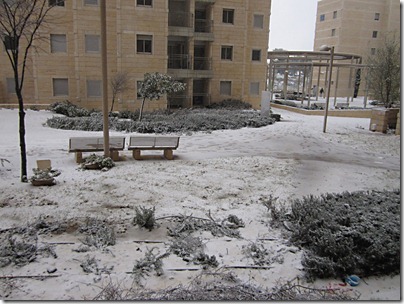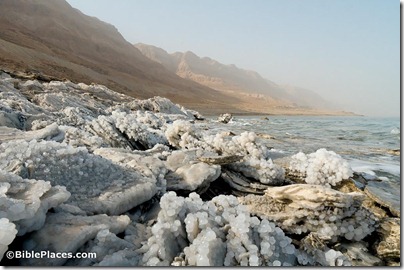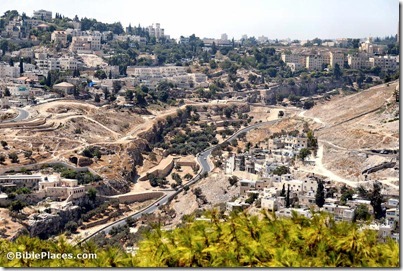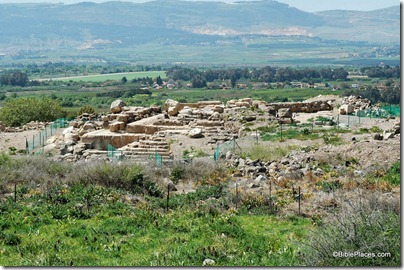There are enough items related to the “Jesus Discovery”/Talpiot Tombs that I am going to exclude those from today’s roundup. Perhaps I will catch up next week. In the meantime, you can take a look at new photos posted at the official website.
A bronze Greek warrior’s helmet was discovered off the shore of Haifa.
The City of David is the focus of this week’s Jerusalem Post column by Wayne Stiles.
I think that Jesus and His World: The Archaeological Evidence, by Craig Evans, would be a much better use of time and money than any books about Jesus discoveries. (Two dings: it’s marketed as “provocative,” and it’s only 208 pages.)
A copy of Edward Robinson’s 3-volume Biblical Researches in Palestine just became available for $75. And a copy of Picturesque Palestine (4 vols.) was just listed for $1100. (Or pick up an electronic edition for $55.)
A Jerusalem Post article lists the Top 5 Spring Activities in Jerusalem as: Ramparts Walk, Tisch Family Zoological Gardens, Bezalel Fair, Café Itamar, Sacher Park. (The article’s introduction leaves something to be desired: “When rain let up, Spring will be upon us; here are some great outdoor activities in the capital to prepare for.”)
G. M. Grena has another riddle, but this one is so easy (he claims) that he has disqualified me from answering. So what is this great discovery that is pictured?
Congratulations to Aren Maeir for sending the final proofs off for the first double volume of the Tell es-Safi/Gath excavations.
If you’re interested in the broader world of biblical studies, you might check out the March Biblical Studies Carnival with dozens of links to the latest.
It snowed in Jerusalem on Friday. (For photos of a previous snowfall, see here.) The storm also filled Caesarea’s hippodrome with water.

Snow in Jerusalem. Photo by Austen Dutton.



